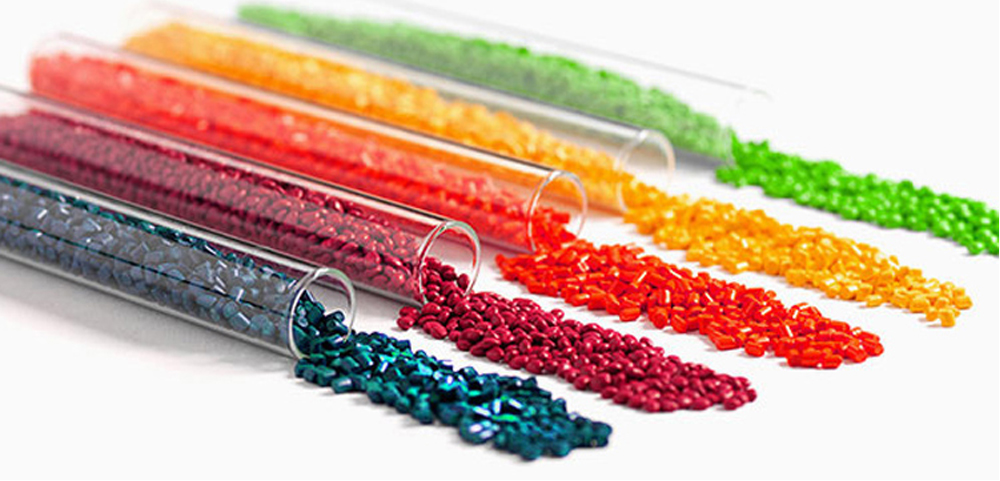
The Benefits of Masterbatch in the Plastics Industry
The field of plastics manufacturing is continually advancing, driven by innovations in materials and processes that cater to diverse industry needs. One such breakthrough is the use of masterbatch, a solid additive that has become essential in polymer processing.








